Agricultural spreader of organic fertilizers
Convenient and practical, storage and transportation without problems, application to the soil is mechanized, the costs are quickly paid off by the profits from the harvest. Yes, but there is a main problem - the consumer. He was fascinated by the word "organic", he votes with a ruble against mineral feeding and hydroponics. He wants something natural. The desire of the buyer is the law for the manufacturer. Otherwise, profits will turn into losses.
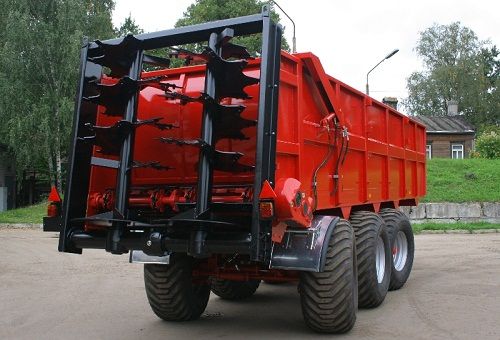
Organic fertilizers
Humanity has been using organic matter to fertilize arable land from the very beginning of the development of civilization. To feed the depleted land and increase fertility, decomposition products of animal and vegetable substances are used. As a result, the soil is enriched with nitrogen, phosphorus, potassium, calcium and other plant nutrients, its structure and composition improve. What is not only used as organic fertilizers, but the main ones are the following complex components:
- manure - rotted mixture of bedding material and pet droppings;
- bird droppings - the most valuable are chicken and pigeon droppings;
- peat - a mass of rotted remains of bog plants;
- silt, sapropel - bottom sediments of ponds, lakes, rivers;
- feces - the contents of cesspools, are not introduced directly into the soil, but is a component of peat compost;
- sawdust, mulch and bark are waste from wood processing, they become fertilizer after decomposition or overripe, for which they are stimulated by slurry;
- siderates - stalks of plants plowed into the soil, in particular legumes, buckwheat and sunflower, capable of rapid decomposition;
- composts are mixtures of soil and plants that have been transformed under the influence of internal heating and the work of bacteria in humus.
Almost all organic fertilizers, except green manure, can be dried and granulated. That is, to acquire a form convenient for mechanical introduction into the ground by spreading. This is what industrial agricultural technologies require, namely, fertilizer applicators.
Mechanization on the march
There is an offer for every need. The industry responds with a large selection of technology. That rare case when domestic production is not inferior to imported. Dozens of Russian companies successfully compete with suppliers from China, Poland and Belarus. According to the principle of operation, devices and machines for applying organic mixtures are of two types:
- Trailed - PRT-7, MTT-9, PRT-7A, ROU-6, ROUM-20, MTU, Gamberini, SIPMA RO 1200 TORNADO, LMR PTU-17, TYTAN, MZHT-F-11 (tank trailer for liquid fertilizers ) and etc.
- Mounted - MX, RUN-800, PROMAR, RUM, GMS (Turkey), RSN 800 (Italy), JMT 800 HR (Poland), etc.
Each type has its own advantages. The first ones are convenient in that several filled trailers can stand loaded, waiting at the edge of the field. The operator returns the empty trailer, hooks the prepared one and continues work without wasting time for loading.
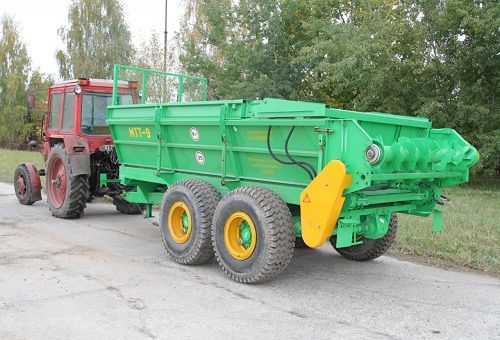
Mounted ones are good when you need a complex supply of different fertilizers, including liquid fertilizers, in specified proportions. And also when processing small areas.
There are two principles of spreading:
- organic fertilizer falls on rotating discs and scatters under the influence of centrifugal force;
- blades on rotating shafts scoop up the fertilizer and scatter it from the body.
The fertilizer is scattered from the hopper, which is either a large cone hopper or a rectangular tub with a conical bottom. The hopper is filled either with a conveyor belt or through a metering nozzle.Metering mechanisms are different. For example, on rotating discs by the pouring method, for which a feed auger is located in the cone. In the case of spreading by vanes, a device is used that allows the rotating shafts to move along the sides and inside the body.
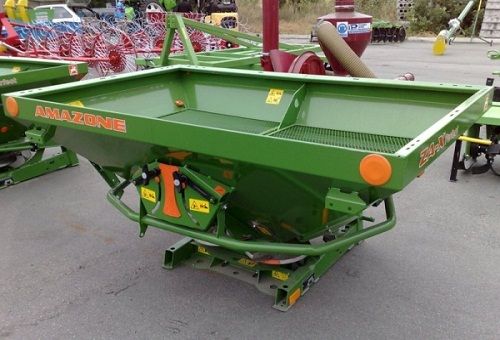
Customers can choose from models from the simplest to the most complex, in which, in addition to the spreader, auxiliary mechanisms are mounted: drums, shredders, cutting knives, systems for feeding liquid components, etc. Of greatest interest are multifunctional machines, the design of which allows aggregation with other agricultural implements. After applying organic fertilizers, such a machine is sent to perform other work.
Where can the poor summer resident go?
S. Yesenin, answering the detractors of peasant labor, loudly chopped off: "But this bread, what are you eating, - after all, we have it with ... Dung ..."
The summer resident does not need to prove anything. He is well aware of the benefits of organic fertilizers; he needs production tools.
There are small suburban areas, and there are farmsteads for tens of acres. There will be neither time nor effort to process by hand. Small mechanization comes to the rescue of the summer resident. Its principle of operation is the same as that of large ones, only the dimensions are smaller. The most common option is a cone funnel on wheels. Under the funnel nozzle there is a disc, the rotation of the shaft of which occurs through a transmission from the wheel axle.
The summer resident pushes or pulls the spreader, the disc rotates, fertilizer is poured onto it from the cone hopper. A scatter occurs. It is even easier to hitch with a walk-behind tractor or a lawn mower. A small tug has a big effect. Machines for applying fertilizers in summer cottages are no longer a novelty, but a sign of modern farming. Everyone wins: the soil is enriched with fertilizer, the owner of the site gets a good harvest, and the manufacturer of agricultural machinery gets the demand for his products.
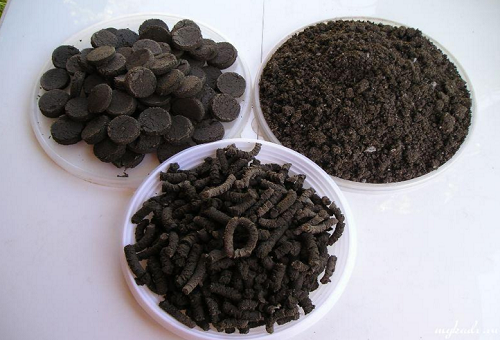
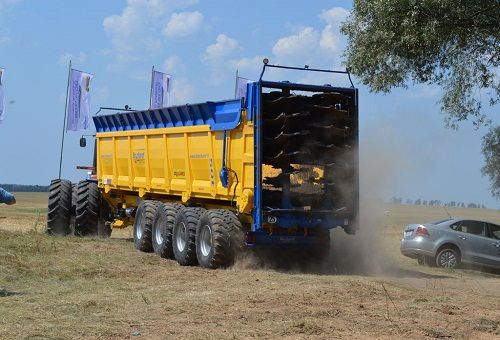
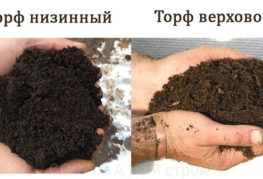
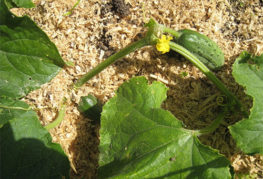

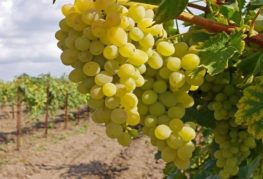
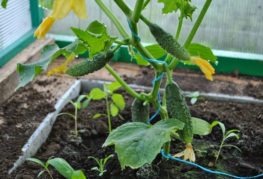
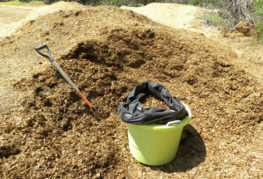
and will be published shortly.